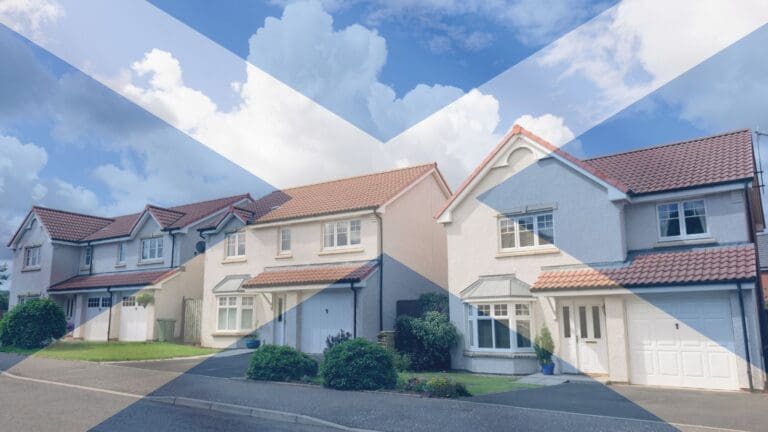
The new regulations stipulate that you will not be able to use direct emission (classed as polluting) heating systems such as oil, gas or bioenergy boilers located within the building or curtilage of the building, but will have to install Zero Direct Emission Heating Systems (ZDEHS).
The rationale is to future proof new homes and buildings so that they will not have to be retrofitted with a ZDEHS alternative in the future, potentially eliminating the need for disruptive retrofit works. This requirement does not affect buildings on heat networks.
Are there any exemptions whereby a ZDEHS does not have to be installed?
The following exemptions apply:
• A building that is being altered or extended under a building warrant applied for before the 1st April 2024.
• The heating is solely provided for the purpose of frost protection.
• It is providing emergency backup heating; or
• The building warrant for the new development/s was applied for before 1st April 2024, whereby direct emission heating systems may continue to be installed up to April 2027.
Do the rules apply when undertaking conversions to existing building?
This depends on the scale of the work being carried out. If it is a small-scale conversion and applied to only part of the building like the conversion of a roof space, or attached garage into habitable accommodation, then the rules would not apply. However, the rules apply if you have a change in the buildings occupancy, or have a direct emission heating system in the building or area of the building you are converting, and it is considered to be ‘reasonably practicable.’ What is classed as ‘reasonably practicable’ is outlined in Section 6.11 in the 2024 Scottish Technical Handbooks.
Do the rules apply to undertaking alterations and extensions to existing heating systems?
Currently the requirements fall out of scope when undertaking alterations and extensions on existing heating systems. However, the requirements will apply in the future to buildings which have been constructed or converted to meet the new requirements.
What types of ZDEHS examples are there?
The common examples of ZDEHS are heat pumps, electric heating, and heat networks.
When is emergency backup heating considered?
There are circumstances whereby the occupants of the new buildings require to have an operational heating system at all times, taking into account planned and unexpected interruptions to the power supply. Therefore, it can be proposed that a direct emissions heating system can be installed which is normally connected to the normal heating system. Provision would need to be made so that a source of electrical power would be in place to enable operation, with the installation meeting the minimum provisions set out in the relevant Building Services Compliance Guide. A switchover arrangement would need to be in place for when the normal heating system becomes operational again.
The proposal application to have emergency heating in a new building should contain the following information to the verifier clearly:
• Convey how the emergency heating will function on the failure of the normal system; and
• Indicate the switchover arrangement when the normal heating system becomes operational again.
For further information on the new legislation coming into effect, please see the New Build Heat Standard factsheet published by the Scottish Government. Also, see Section 6.11 of the 2024 Scottish Technical Handbooks available to view via the QR codes below.
